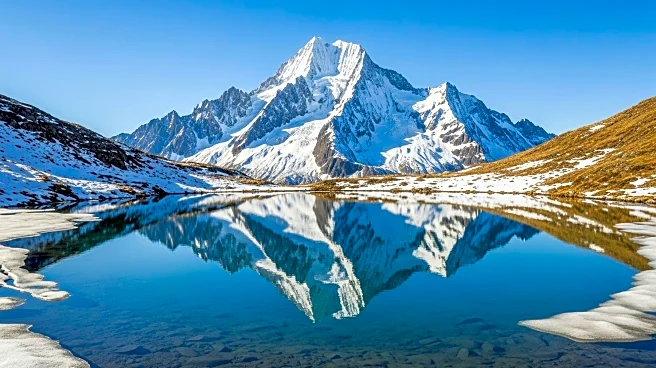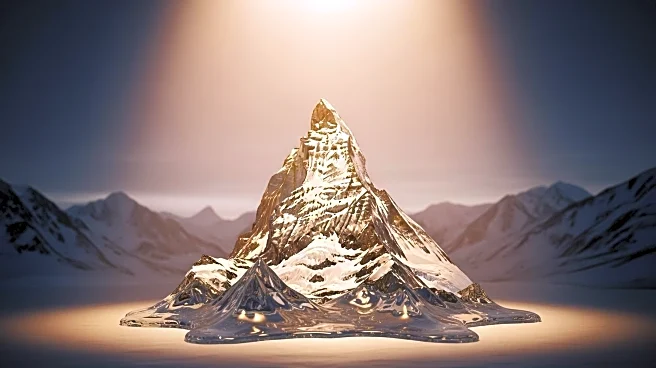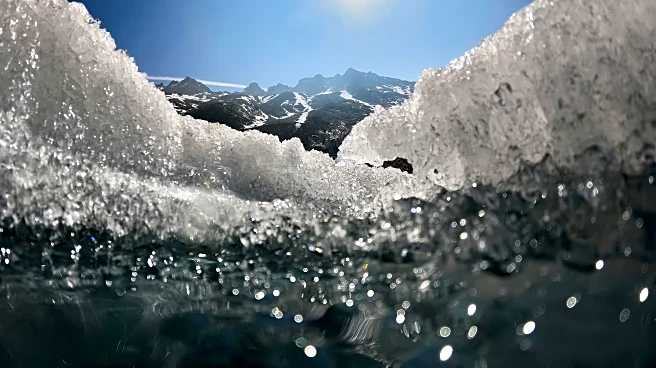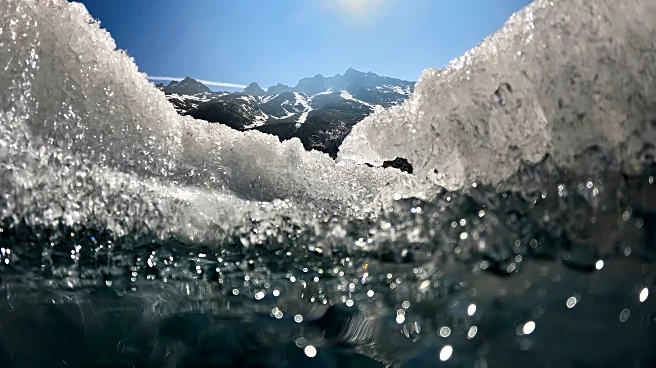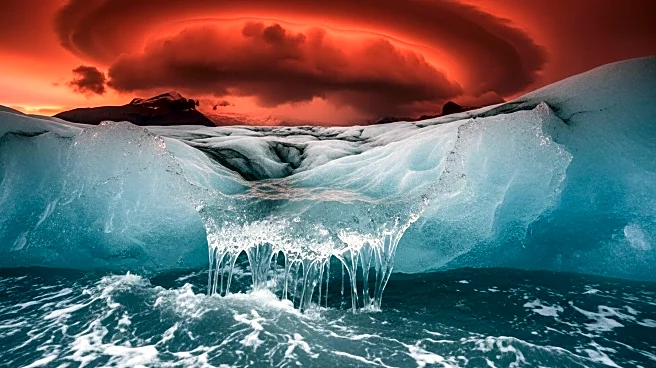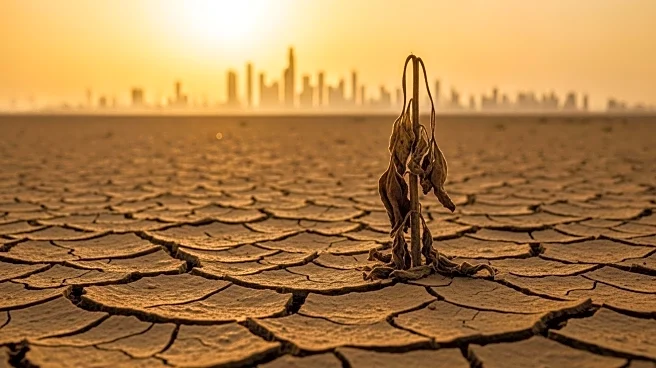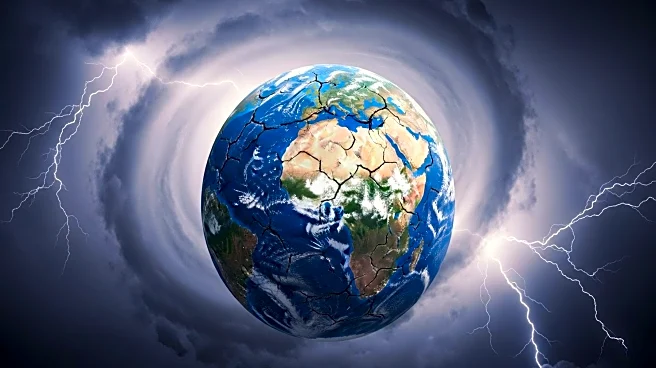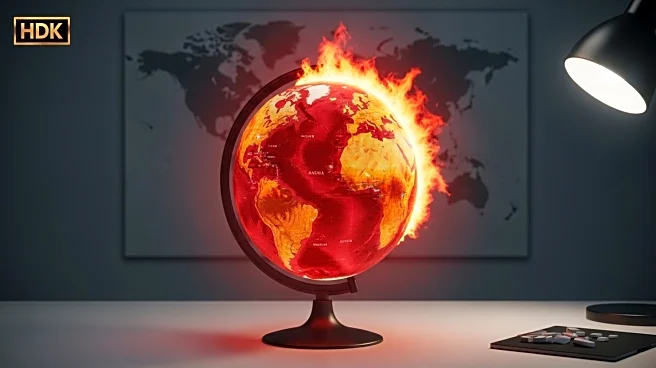What's Happening?
Recent reports indicate that over 1,000 Swiss glaciers have disappeared, with the rate of melting accelerating. The United Nations International Year of Glaciers' Preservation has seen significant glacier loss in Switzerland, exacerbated by a winter with little snow and subsequent heatwaves in June 2025. This year alone, nearly three percent of the ice volume was lost, marking the fourth greatest shrinkage in recent history. The Swiss Commission for Cryosphere observation (SCC) and other institutions are monitoring these changes, which have resulted in a quarter of glacier volume loss since 2015.
Why It's Important?
The rapid melting of glaciers poses significant environmental and societal challenges. Glaciers are crucial for water supply, agriculture, and hydroelectric power in Switzerland and other regions. Their loss can lead to water shortages, impact biodiversity, and increase the risk of natural disasters such as avalanches and landslides. The situation underscores the urgent need for climate action to mitigate the effects of global warming. The continued melting of glaciers also serves as a stark indicator of broader climate change impacts, highlighting the necessity for international cooperation in addressing environmental issues.
What's Next?
Efforts to monitor and mitigate glacier loss will likely intensify, with increased focus on climate adaptation strategies. The Swiss government and international bodies may implement policies to reduce carbon emissions and promote sustainable practices. Research and innovation in climate science will be crucial in developing solutions to preserve remaining glaciers and manage water resources effectively. Public awareness campaigns and educational initiatives could play a role in fostering a greater understanding of climate change and its impacts, encouraging collective action to protect the environment.

